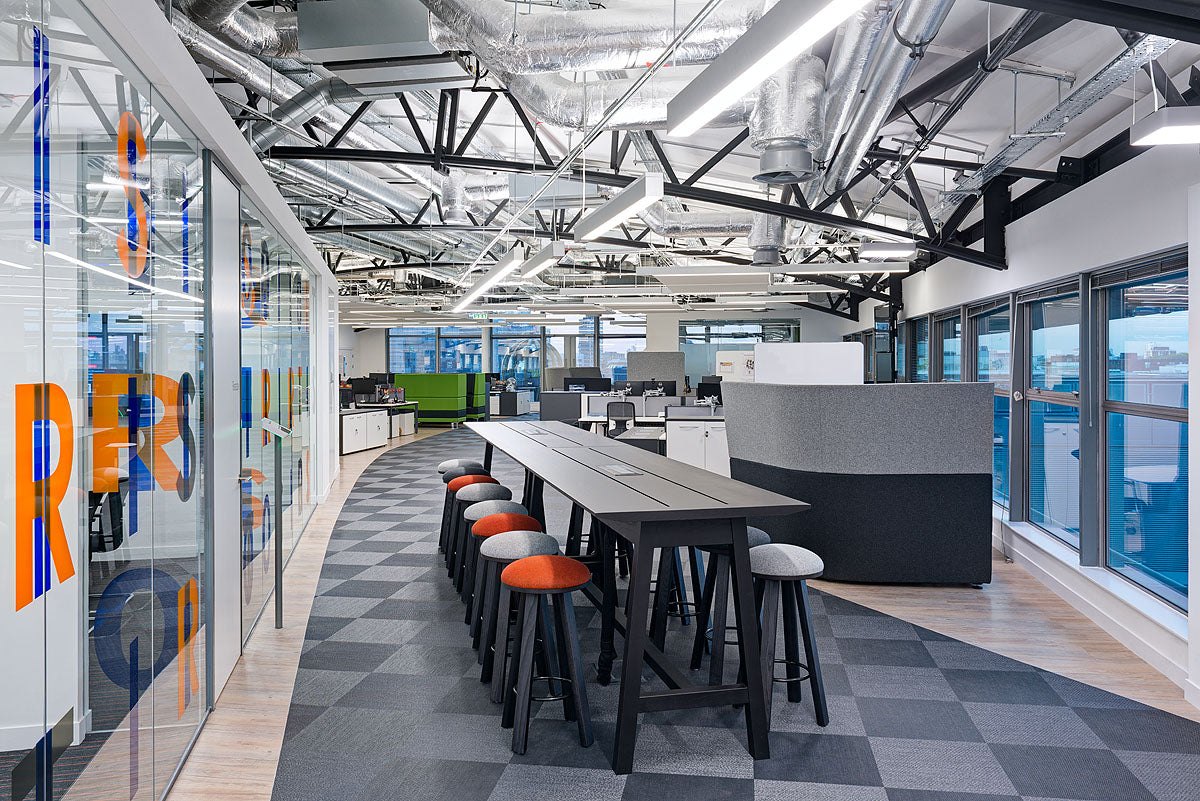Over the past decade, the trend of agile working has spread like wildfire from its tech industry origins. Moreover, it shows no signs of abating with its fast absorption of innovative technologies and evolutionary working practices. Infiltrating many legal tech companies; we’re now seeing the business philosophy beginning to transform from what would have once been considered traditional law firms.
Why might it be time to change? Motivation is a key driver. According to the The Lawyer’s Salary Survey 2016, 40% of the senior associates questioned would not choose to become a lawyer again. It seems that the long hours; high stress and fixed culture of many law firms could be the undoing of these traditional work styles.
By alleviating some of this intense pressure in the workplace, companies are seeing the benefits pay dividends with their staff. Furthermore, our work with tech companies, ITRS and IHS found many more tangible assets from agile working practices such as:
- Faster project delivery
- Reduced failure rates
- More responsive to business and industry changes
- Empowered workers
- Increased attraction and retention rates
- Reduced operational costs
- Downsized office space and reduced CRE
These benefits might work specifically for these companies, but it still begs the question of why the adoption of agile working is slower in the Law sector.
Several of our clients have found themselves lost in the definition; finding the term synonymous with flexible working (or simply ‘working from home’). While this might be a facet of agile working, it’s only a small piece of the picture; especially as agile working tends not to eliminate the need for an office, but transform the workplace into a supporting and energising base.
So, how best to understand agile working? As it is fundamentally based on being responsive to the needs of your organisation, there is by no means a ‘one size fits all’ approach. The most effective way to apprehend the system and the potential rewards is by asking these questions of your business:
1. Review your firm’s culture
- What are the dynamics within your current workforce?
- How successfully does your business meet the needs of your employees?
- Will you be able to attract Generation Y and millennial staff based on your current working practices?
2. Consider your client requirements
- Are you able to meet your clients’ current needs?
- How successfully can you anticipate and respond to changes in client requirements?
- What is your understanding of your competitors and the evolving market?
3. Evaluate your operations
- Do your processes and technologies enhance or hinder your performance?
- Do you have the operational stability to enable the firm to develop?
- What measures do you have in place to review and improve operational efficiency?
Considering these points should aid you in uncovering your strengths and potential shortcomings; allowing you to begin your journey towards an agile working environment. Our consultancy team has worked on many projects in the legal sector and beyond and we’d be delighted to share our experiences with you




